Does the Financial Sector Still Believe in Sustainability (ESG) or Not Anno 2025?

In a recent article published by the Financial Times, the controversial columnist Stuart Kirk questions the commitment of the…
Read MoreHow Sweden Made Smoking (Almost) History
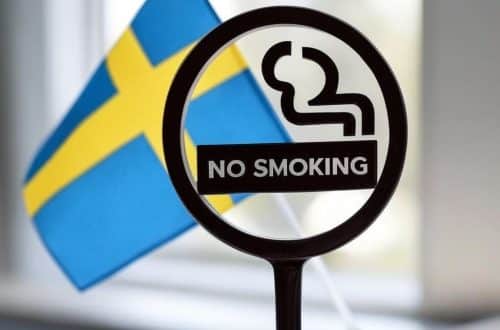
Sweden has crossed an important threshold: fewer than 5% of Swedish-born adults now smoke daily. This milestone is not…
Read MoreEducational Games Transform Learning, also in 2025

Once seen as optional extras, educational games now sit at the heart of modern teaching. They don’t just support…
Read MoreFree AI Career Risk Assessment Tool – Use Now

Artificial intelligence is transforming the way we work – but not every role is equally at risk.This short assessment…
Read MoreThe State of Sustainability in 2025 Compared to The Groundbreaking 2020 EC Study

In 2020 the “Study on Sustainability – Related Ratings, Data and Research” was commissioned by the European Commission, Directorate-General…
Read MoreSustainability in the News (March 17 – 23, 2025)
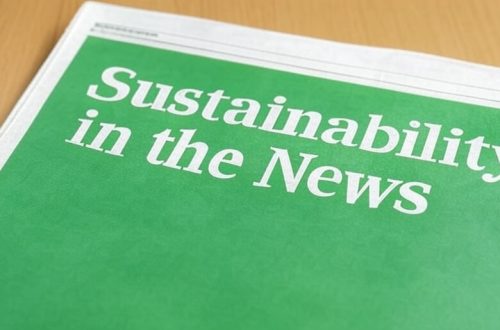
Here’s a brand new update in our Sustainability in the News updates, on critical developments in science, climate policy, and…
Read MoreGreenpeace Hit With $660 Million Fine Over Alleged Misconduct During Dakota Access Pipeline Protests

A North Dakota jury ordered Greenpeace to pay over $660 million in damages to Energy Transfer. But contrary to…
Read MoreBig Companies (USB, HSBC, …) Scale Back on 2025 Climate Goals – A Closer Look at the Data Behind the Trend

Corporate climate goals are facing a critical test in the US with the arrival of Donald Trump and Elon…
Read MoreHow Innovation and Sustainability Work Together for a Better Future

Innovation plays a key role in driving sustainability by improving eco-efficiency, strengthening competitiveness, and fostering economic growth. Not surprisingly…
Read MoreTaking Sustainability Beyond Traditional Risk Management in Insurances: The Swiss Re 2024 Report Case-Study

Reaching sustainability goals in the insurance world, is no longer just an add-on but a core strategy for long-term…
Read MoreMallorca Live Festival Wins Sustainability Award 2025 – Here’s Why

The Mallorca Live Festival has won the Contribution to Sustainability award at the Iberian Festival Awards as a recognition…
Read MoreExtreme Poverty Rate in India has Drastically Dropped New 2025 Reports Indicate

New research suggests that the extreme poverty rate in India has dropped to ‘negligible’ levels, with rates below 5%…
Read MoreState of the Global Climate 2024 Report: Alarming Temperature Records and Greenhouse Gases

The World Meteorological Organization (WMO) released its State of the Global Climate 2024 report on March 14, 2025, confirming…
Read MoreThe Important Role of Big Data in Sustainability

Every day, companies, governments, and researchers collect massive amounts of data – from satellite imagery monitoring deforestation to smart…
Read More6 Digital Tools for Environmental Education & Sustainability in 2025

Sustainability education plays a crucial role in shaping future generations to be environmentally responsible and socially aware. Digital tools…
Read MoreSustainability in the News (March 9 – 16, 2025)

Last week we introduced a new weekly feature: concise yet informative news telex updates to keep you up to…
Read MoreChildren’s Rights and the Sustainable Development Goals as of 2025

Two years ago we posted a an article of how children’s rights intersect with the Sustainable Development Goals (SDGs)….
Read MoreWhat are the Alternatives to USAID?

As of March 13, 2025, the U.S. Agency for International Development (USAID) has faced rather huge changes, including a…
Read MoreThese Are the 48 Jobs AI Will Replace or Impact Across Industries Between 2025 and 2030

Artificial intelligence (AI) is advancing at a rapid pace, leading to a transformation of the workforce. From bank vaults…
Read MoreMasoso Biscuits Are A Local Solution to Aid Theft in the Democratic Republic of Congo

In the Democratic Republic of Congo (DRC), a local NGO, Kesho Congo, fights aid theft with a creative twist:…
Read MoreTransformative AI: 4 Steps to Counter Employee Resistance

Transformative AI refers to artificial intelligence systems that have the potential to fundamentally change society, economies, or human life…
Read More‘Best Before’ Food Label Explained Because it’s ‘Too Good To Go’

Food waste poses a significant global challenge. Each year, we discard approximately one-third of all food produced, totaling about…
Read MoreShould Europe Abandon Net-Zero Goals to Fund Defense from 2025 onwards?

In light of current geopolitical tensions, a debate is going on over whether Europe should divert resources from net-zero…
Read MoreSustainability in the News (March 1 – 8, 2025)

Beginning this week, we are introducing a new weekly feature: concise yet informative news telex updates to keep you…
Read MoreUS Scientists Rebuild Climate Risk Map After Government Removal: Future Risk Index
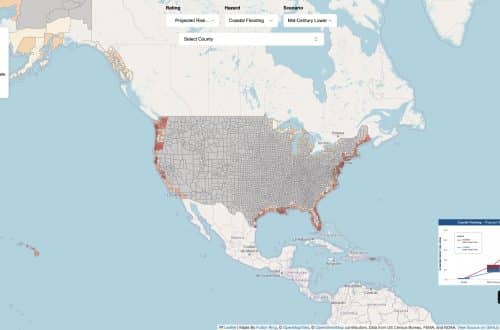
In quite a controversial move, the Federal Emergency Management Agency (FEMA) removed a climate risk map from its official…
Read MoreA Tiny Tweak for a Big Shift: How Zeopore’s Catalysts Save Fuel and Reduce Waste
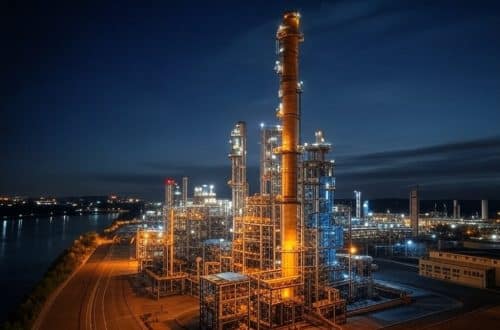
“Catalyst technology” might not sound exciting, but it actually is core to the way we make fuels, plastics, and…
Read MoreInternational Women’s Day: The Fight for Equality Isn’t Over in 2025

It’s International Women’s Day today on March 8. A day to recognize the indispensable role women play in steering…
Read More18 Ancient Architectural Building Techniques are Making a Spectacular Comeback

Ancient architectural building techniques are making a comeback in modern sustainable building practices. For instance, rammed earth construction, used…
Read MoreThe War in Ukraine is an Ecological Disaster

(Photo by Jade Koroliuk on Unsplash) The environmental devastation wrought by warfare is profound and enduring, affecting ecosystems, biodiversity,…
Read MoreHow can 3D Printing Construction offer Sustainable Housing?

3D printing construction, also known as additive manufacturing, is revolutionizing the construction industry. This innovative technology involves creating three-dimensional…
Read MoreXiong’an : The Perfect Example Why Sustainable Cities Don’t Always Succeed
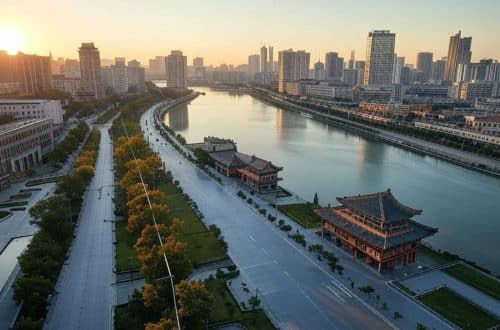
The concept of sustainable cities is often put forward as a key pillar for future urban development. It promises…
Read MoreMultilingual Education Does Matter UNESCO Reconfirms

Not many people realize that we live in a world where learners speak over 7,000 languages. However, only 351…
Read MoreCounterfeit Goods: A Hidden Threat to a Sustainable Economy

Curious about how counterfeit goods can affect your daily life too? Let’s look at the story of the fictional…
Read MoreFree Weekly Newsletter on Sustainability – Subscribe now

On Monday, February 24th WINSS will be sending out its first weekly newsletter on sustainability, available in both English…
Read MoreFreelance Platform Fiverr at The Forefront of AI Powered Work Transformation

Fiverr is an online marketplace where freelancers offer services (called “gigs”) in various categories, including writing, design, programming, marketing,…
Read MoreThe 15-Minute City: A Revolutionary Vision for Sustainable Urban Living?

Cities keep growing fast. This explosive growth creates traffic, pollution, and limited access to necessities. Urban planners seek ways…
Read MoreMicrosoft and Carnegie Mellon Study: Is AI Really Making Us Dumb?

Artificial intelligence has become an omnipresent force. Countless workplaces rely on chatbots, automated scheduling tools, and generative algorithms to…
Read MoreThe Future of Work, according to LinkedIn co-founder Reid Hoffman

Work cultures are mutating at breakneck speed. The expansion of the gig economy, rapid AI breakthroughs, the rise of…
Read MoreAnimal Abuse Reflects a Low Ethical and Moral Standard

Ethical principles form those civilizations rooted in justice and empathy. You can see a person’s moral grounding through how…
Read MoreAmerican Farmers Turn to Agritourism Out of Financial Necessity

U.S. farmers face tough choices when crop prices drop and operational costs climb. On top, traditional agriculture methods yield…
Read MoreWEF’s Global Risks Report: An Exclusive Comparative Overview from 2023 to 2025
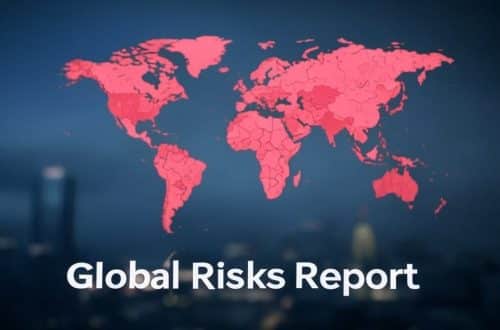
Nations go through a convoluted trajectory in the aftermath of pandemic disruptions, armed conflicts, and accelerating technological upheavals. The…
Read MoreEurope’s Commission Work Programme 2025: Bolder, Simpler and Faster
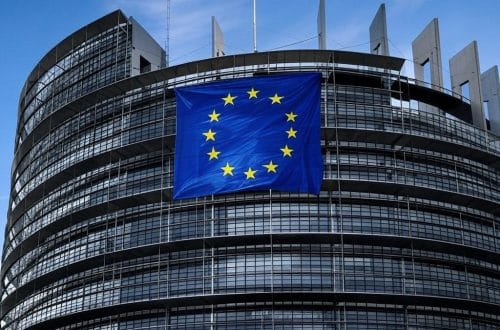
Europe stands at a pivotal crossroads. Nations across the continent grapple with economic shifts, geopolitical tensions, climate pressures, and…
Read MoreBuilding a Green Roof on Houseboats, Amsterdam Shows the Way
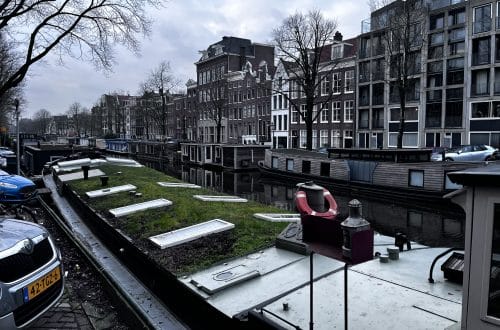
In the Netherlands, houseboats are a distinctive feature of the country’s waterways. Approximately 10,000 houseboats are spread across the…
Read More7 Steps to Inspire Student Sustainability Development Projects for Maximum Impact

Empowering students to spearhead sustainability development projects nurtures environmental awareness and fuels imaginative problem-solving. Connecting classroom projects with the…
Read More20 Free Resources to Recognize Disinformation

Disinformation has become one of the most pressing challenges in the digital era. Whether it’s fake news, propaganda, or…
Read MoreThe Future of Education: How Learning is Changing in 2025 and Beyond

As we realise each and every day, the world is changing extremely fast, and education needs to keep up….
Read MoreOrca Pioneers Large-Scale Carbon Capture to Combat Climate Change

In the fight against climate change, reducing emissions alone is just not enough. To truly mitigate global warming, we…
Read MoreCarbon Removal on Farms Through Enhanced Rock Weathering and Biochar Application: A Double-Edged Sword?

Carbon removal on farms is gaining traction as a climate mitigation strategy. By implementing methods such as enhanced rock…
Read MoreCan the EU Go Net-Zero Without Hurting Its Economy? Kurt Vandenberghe versus Jean-Luc Demarty
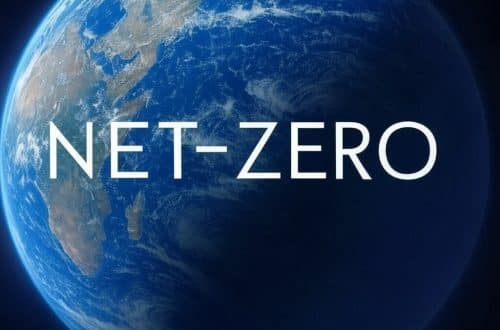
The European Union (EU) wants to reach net-zero greenhouse gas emissions by 2050 and become a global leader in…
Read MoreHow Lydie Beassemda Empowered Women in Chad’s Agricultural Development

A recent article on Heroes Of Sahel by Isabelle Naïssem caught our attention a few days ago. The article…
Read More